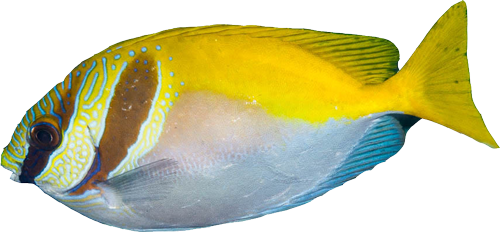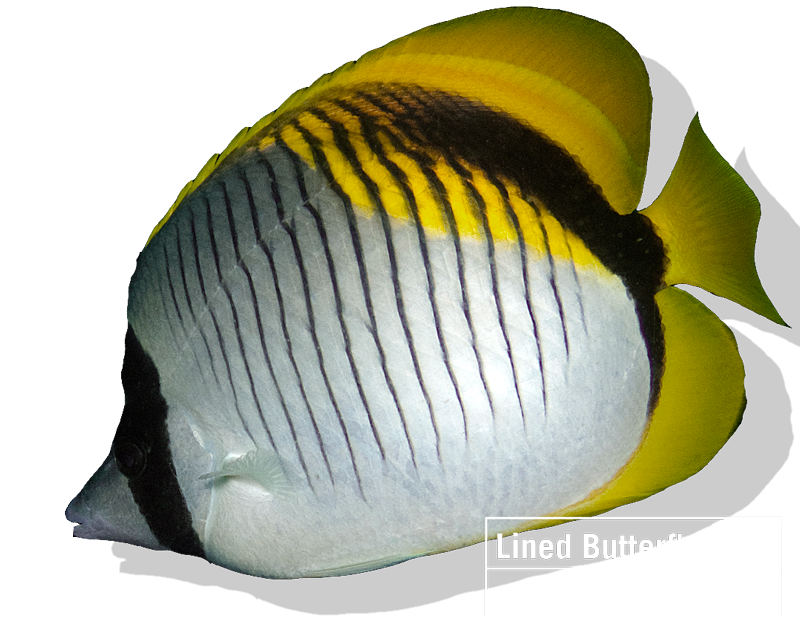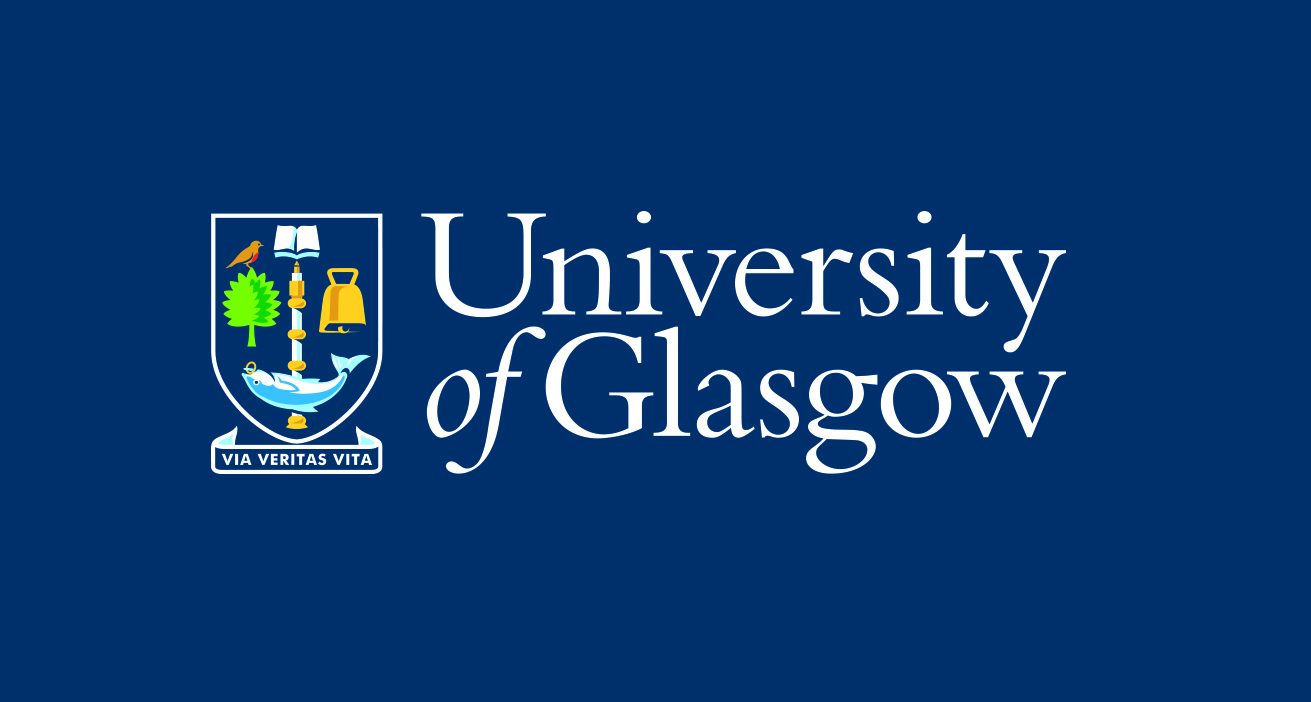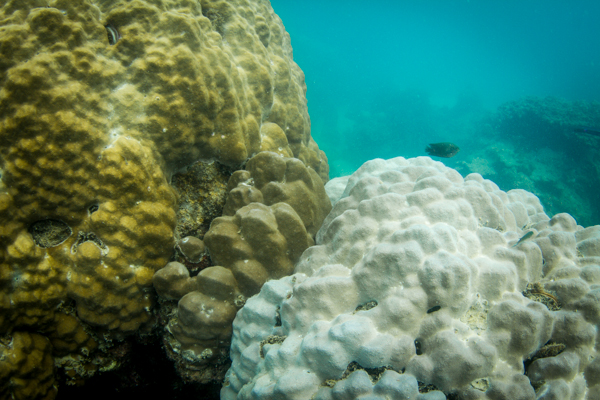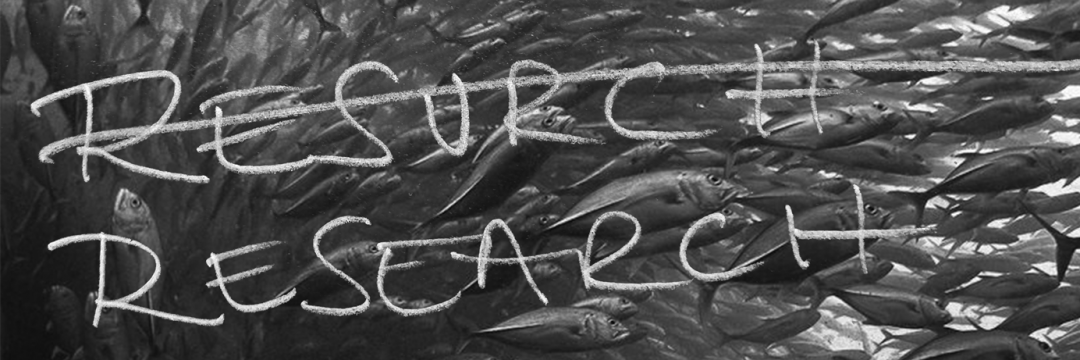Long-term Monitoring Program
The world’s coral reefs are currently undergoing massive changes due to anthropogenic climate climate change, pollution, overfishing, and a plethora of other factors. The effects on a global scale have been severe and saddening, but local systems show different responses.
Our long-term monitoring program has been running since 2011, and the data collected is an essential resource for governments, local management and protection, and scientific research.
Aim
This program aims to measure the long-term status and trends of coral reef ecosystems in Koh Phangan.
What we measure
- Changes in benthic communities – live coral cover surveys
- Coral bleaching
- Juvenile corals
- Reef fish communities
- Coral predators – Drupella, Crown of Thorns starfish
- Giant clams
- Sponge communities
How we measure
Data is collected by trained observers (students/interns/staff) using SCUBA to survey 7 different reefs on a monthly basis around Koh Phangan. Surveys are conducted using standard methodology based off the Australian Institute of Marine Science & Global Coral Reef Monitoring Network.
Long-term Development of Fish Community
Fish communities fulfil important roles for the functioning of coral reef ecosystems. But knowledge about spatiotemporal variabilities of reef fish communities in response to environmental fluctuations and benthic cover is scarce. This study thus describes a unique set of data collected with standardised methodology annually from 2014 until 2022 at reefs around the island of Koh Phangan in the Gulf of Thailand, a highly under-investigated area.
Publication in preparation.
Aim
To fill a knowledge gap on how coral reef fish communities have developed over time on an understudied area in Koh Phangan.
This study aims to answer the following research questions:
- How did fish abundance & relative occurrence of functional groups develop between 2014 to 2022 on coral reefs around Koh Phangan?
- What is the effect of seasonal changes in environmental conditions on reef fish communities?
- How did benthic community changes affect reef fish communities?
- How did coral bleaching affect reef fish communities?
Methods
To create timelines of fish community changes, 8 years of data will be analysed and complemented with additional datasets for benthic cover, coral bleaching, and environmental parameters. Surveys included in this study from our long-term monitoring program include:
- Fish abundance
- Benthic cover surveys
- Coral bleaching surveys
Using Drone Footage to assess ALDFG on Koh Phangan’s Coral Reefs
The Gulf of Thailand experiences enormous fishing pressure, particularly via gillnetting; a practice with high rates of gear loss & entanglement. Coupled with increased risk of pollution through wastewater and tourism pressure, monitoring of the coastal ecosystem is vital to improving the island’s environmental sustainability.
This project is providing a baseline survey of Koh Phangan by aerial monitoring using drones to understand the scale of abandoned, lost or discarded fishing gear (ALDFG) in this biologically important region and to gain insight into potentially affected wildlife species. By gathering a baseline dataset of the state of Koh Phangan’s coastline, areas of concern can be identified, with the aim of establishing a long-term monitoring program.
This project is in collaboration with Wolf Fish.
Research Questions
- Is ghost fishing a key issue affecting the coastal habitat around Koh Phangan?
- What is the density of abandoned, lost, or discarded fishing gear (ALDFG) within survey areas across the island?
- Does aerially located ALDFG contain evidence of wildlife entanglement?
- Do the survey results provide new information to groups focussed on ALDFG removal locally?
- What is the projected cost in USD for the safe removal of identified ALDFG across the island?
- Is the recycling supply chain currently in place suitable for dealing with the recovered ALDFG?
- Which species of marine megafauna are aerially identifiable at this site, and how will study areas be divided for local abundance estimates?
- Is there evidence that ghost gear is posing an immediate risk to any species identified aerially?
%
PROJECT PROGRESS

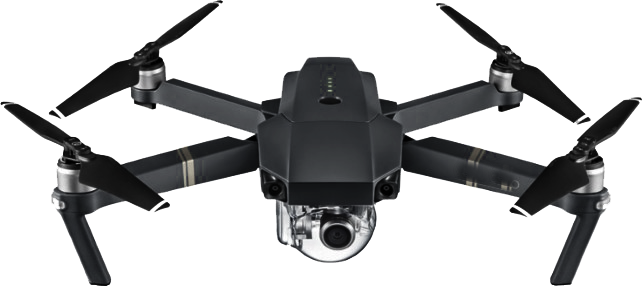
University of Glasgow – BSc Thailand Expedition 2023
Annual group of Bachelor of Science students from the Univeristy of Glasgow conducting research projects for their Bachelor dissertation. Read below for information on their projects.
Investigating sea urchin distribution & abundance in correlation with coral reef zonation
This study aims to answer the following research questions:
- Does sea urchin abundance differ between different coral reef zones? (e.g. reef flat, reef crest, forereef)
- Are different sea urchin species associated with different coral reef zones?
- Is the population structure of sea urchins dominated by an older or younger population in differing coral reef zones?
Investigating how Butterflyfish abundance is affected by structural complexity & coral cover in different coral reef zones
This study aims to answer the following research questions:
- Does Butterflyfish abundance differ between different coral reef zones?
- Are differences in Butterflyfish abundance influenced by coral reef structural complexity?
- Is Butterflyfish abundance influenced by coral cover in different coral reef zones?
- Do Butterflyfish species use coral reef zones differently?
Can the soundscape of a coral reef be used as a proxy for reef fish biodiversity?
This study aims to investigate whether soundscapes can act as a proxy for coral reef health by comparing soundscape diversity and reef fish diversity from two different coral reefs.
Investigating potential recruitment & age structure of coral reef fish communities
In the Gulf of Thailand, water circulation patterns are seasonal, and typically from mid-October, winds change direction and the northeast monsoon season begins, bringing large clockwise movements of water from the South China Sea into the Gulf. Monsoonal conditions with increases in wind speed have the potential to influence seasonal patterns of reef fish spawning and recruitment. Results from our long-term monitoring program revealed increased fish functional group abundance in October following the beginning of the northeast monsoon season. We hypothesise the increased abundance during this time is driven by fish recruitment onto the reef.
BSc project conducted by Katja Rosenberger (University of Würzburg). This project is part of our Marine Research Internship program.
Aim
This study aims to investigate whether increased fish abundance during northeast monsoon is driven by juvenile coral reef fish.
This study aims to answer the following research questions:
- What is the current age structure of coral reef fish communities around Koh Phangan?
- Is the spike in fish abundance during changes in season driven by juvenile coral reef fish?
%
PROJECT PROGRESS

Winners & Losers of Thermally Induced Coral Bleaching
Coral reefs around the world have suffered from multiple mass bleaching events due to anthropogenic ocean warming. Coral bleaching is the process by which corals expel the symbiotic algae (Zooxanthellae) living inside their tissues causing the coral to turn white. Corals are known to bleach in response to a range of environmental stressors such as low salinity, pollution, and unusually low or high ocean temperatures. With the increasing frequency and intensity of ocean temperature anomalies due to El Niño, Koh Phangan’s reefs have also been affected by coral bleaching over the years.
Aim
This study aims to assess the potential resilience of Koh Phangan’s coral reefs to thermally induced coral bleaching by answering the following research questions:
- How has coral bleaching affected coral reefs on Koh Phangan over the last 12 years?
- Can we identify the “winners” & “losers” of coral bleaching events?
- Have we observed a shift in coral diversity following coral bleaching events?
Methods
Using data collected from our long-term monitoring program:
- Coral bleaching surveys
- Benthic cover surveys

